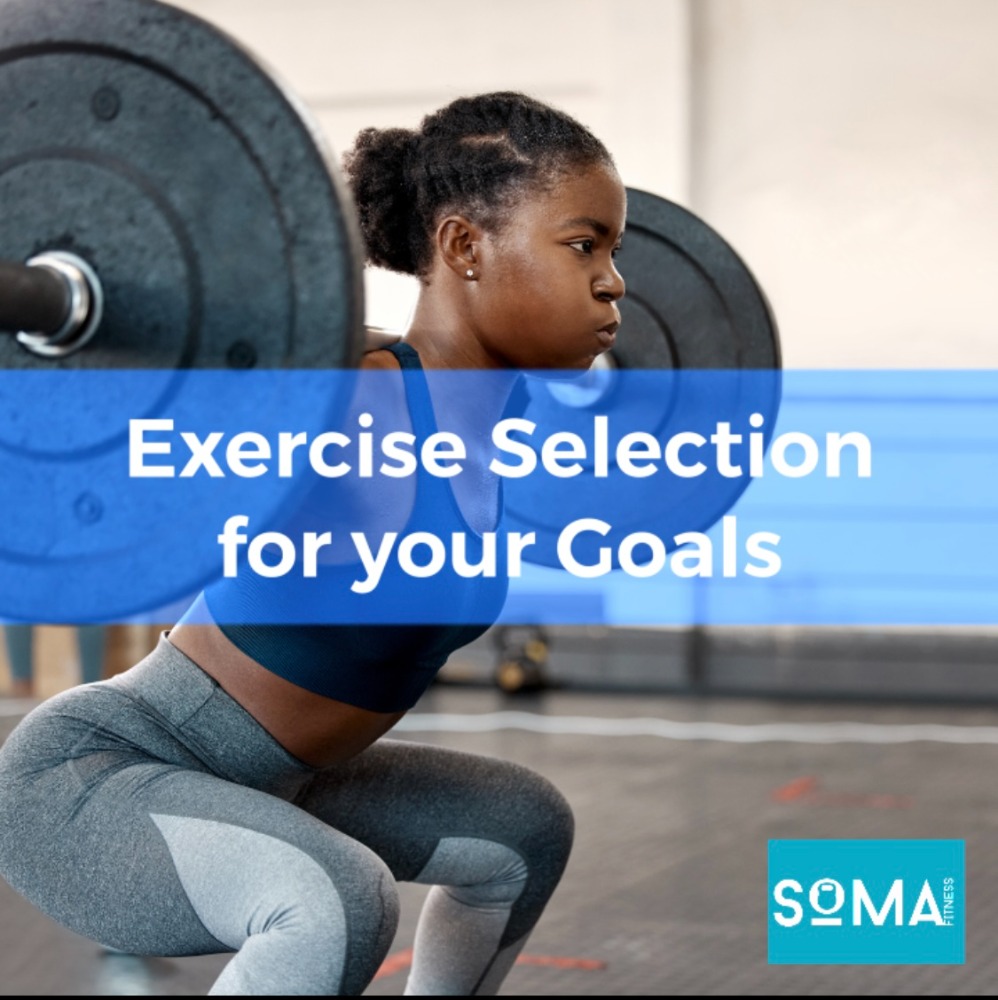
One aspect of programme design that many people are confused over is how to decide what exercises to add to their programme. There can be many misconceptions about regarding this, such as ‘machines are less functional than dumbbells’, causing many people to stray from using machines. However, ‘functional’ has become an ambiguous term in fitness, so it’s worth applying its original definition of ‘designed to be practical and useful’. Therefore, if an exercise is practical and useful to that individual then it is, by definition, functional.
How do we decide what is practical and useful for an individual? Well, there is several factors to consider. One of which, is their goals, as different goals will require different exercises, we apply the concept of specificity to choose the most optimal exercises. Not to mention a form of assessment and screening of an individual to determine what they a lacking in terms of mobility, strength and stability.
Hypertrophy:
If someone’s only goal is to build or retain muscle, then exercise selection can make a significant difference to the end result. For an exercise to be effective for this goal, the limiting factor in the exercise has to be the targeted muscle tissue. In other words, the reason you fail to do another rep must be due to fatigue felt in the muscle you are trying to work, and not another reason such as a loss of balance.
To achieve this, exercises that have high external stability will deliver better results. Exercises that have high external stability require less stabilisation from the person performing the exercise (internal stability), therefore muscular fatigue is much more likely to be the reason for failure as opposed to a breakdown in technique, thus making it superior for hypertrophy.
However, there is a caveat to this- Stability drives output. Therefore, if someone is lacking stability at a joint then this can limit long term hypertrophy of the muscles attached. For instance, someone with average mobility at the hip could get significant results in hamstring hypertrophy using a Barbell Romanian Deadlift or a Squat up to a point. However, form may start to breakdown once using a certain load which would express the underlying lack of stability within the hip.
Therefore, the use of exercises with a higher internal stability can be implemented in their programme, to improve performance and further drive hypertrophy. To go back to the hamstring hypertrophy example, the person may add a single leg Romanian Deadlift variations and progressions to their programming to help improve stability at the hip and further help increase load and drive hypertrophy when performing Barbell Romanian Deadlifts.
Strength:
If the goal is strength, then the focus shifts away from muscle tissue and towards the movement itself. What movements do you want to get stronger in and why? Often this goal is adopted by athletes as their sports will have specific movements to get stronger in, which will help advance them in their sports.
The most obvious example would be powerlifting. Powerlifting involves lifting the most amount of weight for 1 rep each of the Bench Press, Deadlift and Back Squat. Therefore, when putting together a powerlifting programme we apply the concept of specificity and base the programme around the 3 main lifts mentioned, accompanied by accessory movements to assist the improvement in performance of the competition lifts. However even with strength if an individual is lacking adequate hip stability and they are aiming to achieve absolute strength on the said lift then spending time on one leg within their program will help further drive the adaptations required to exert force on their lifts.
Alternatively, athletes of other sports are going to select resistance exercises which complement the movements that they complete in their sport. For example, many sports involve running. Therefore, for many of these athletes, performing front foot elevated split squats may be beneficial. This is because this exercise shares many similarities to the skill of running. Both are uni-lateral, internally stable skills, involve flexion and extension of the hip and knee as well as plantar flexion and dorsi flexion at the ankle it will also train the athlete to keep their centre of mass balanced as fatigue can kick in during long distances and heel strikes can get heavier towards the latter stages of a race. Building strength in this movement can allow the athlete to apply more force at a given effort when performing the sport.
This can aid in the development of running economy- a reduction in the amount of energy expended at a given speed. In terms of transfer to performance, this can help the athlete run faster, for longer without form breaking down and thus reduce the risk of injuries.
Overall, it is crucial to truly analyse your goals because many people wish to simultaneously achieve improved strength and hypertrophy, which is very achievable for everyone except very advanced lifters. The importance of each goal is going to play a role in which exercises are selected, so it is important to have this established before forming the programme.
With anyone we work with here at Soma Fitness, we run them through a full assessment to determine where the starting point of the program is. This is highly beneficial as if you don’t pick certain aspects up and run with a cookie cutter program you will be leaving a lot on the table in terms of the progression of your results. If someone cannot get into certain positions and we then go and load them in those positions, it’s a quick way to set yourself up for injuries which will then hinder your overall progression towards your goals.
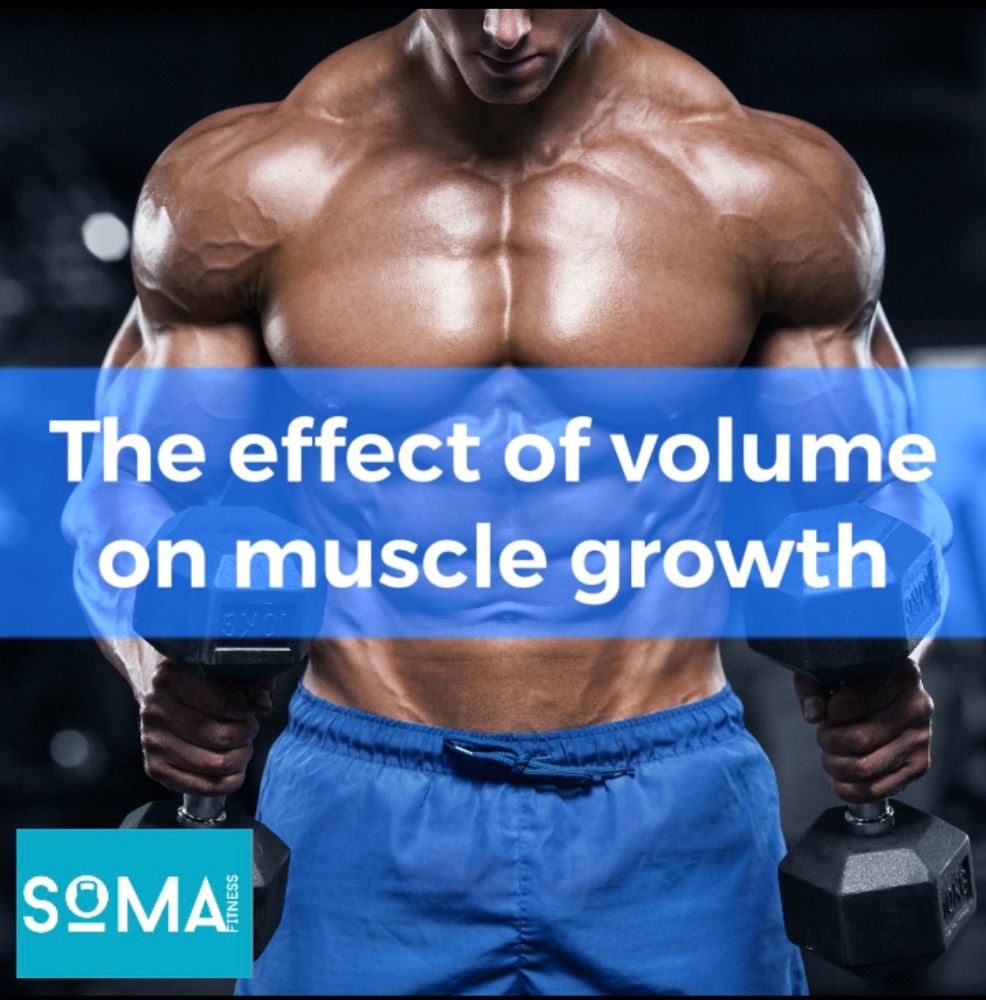


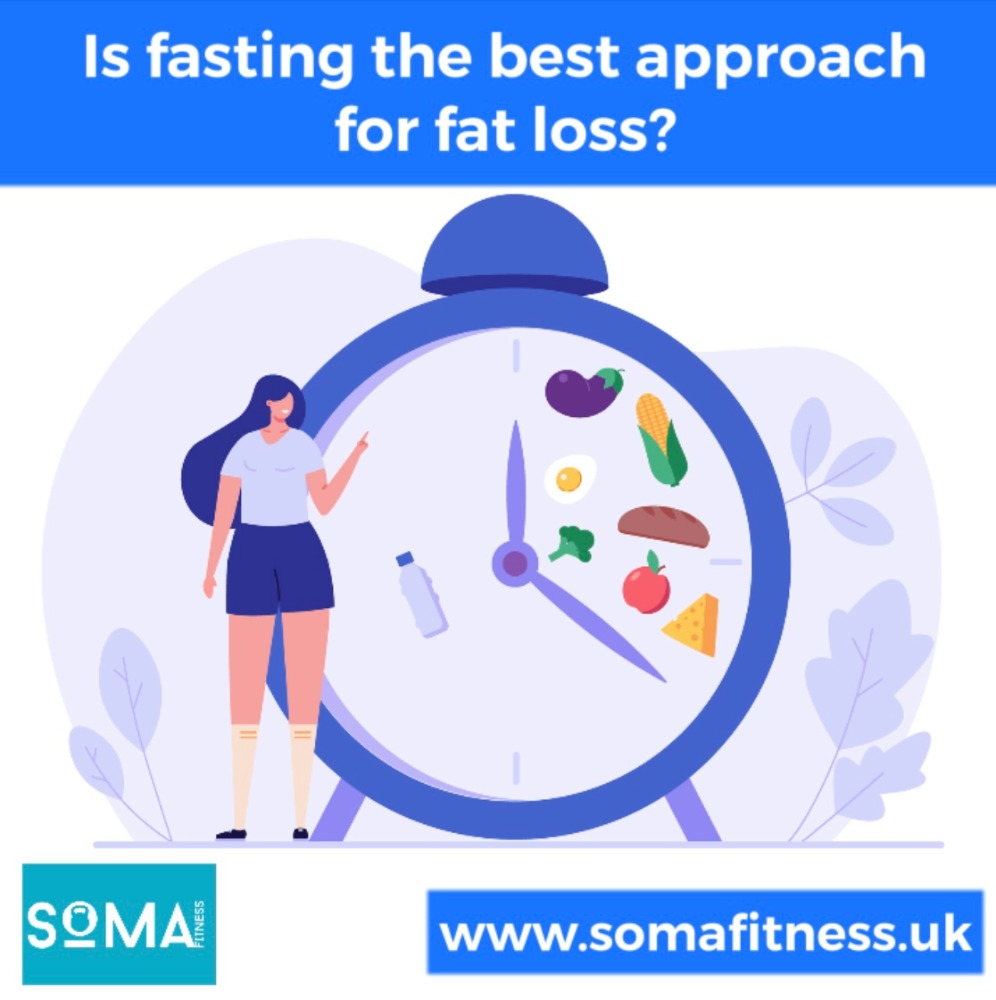


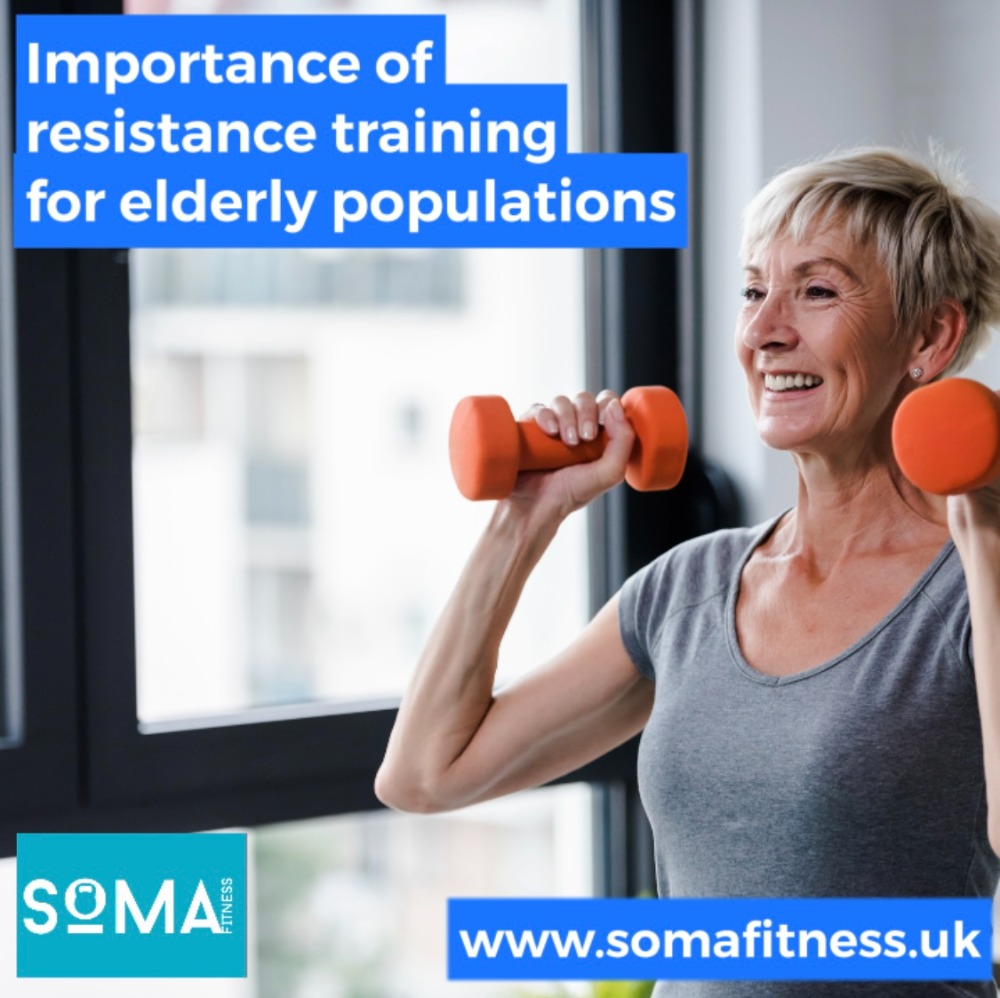


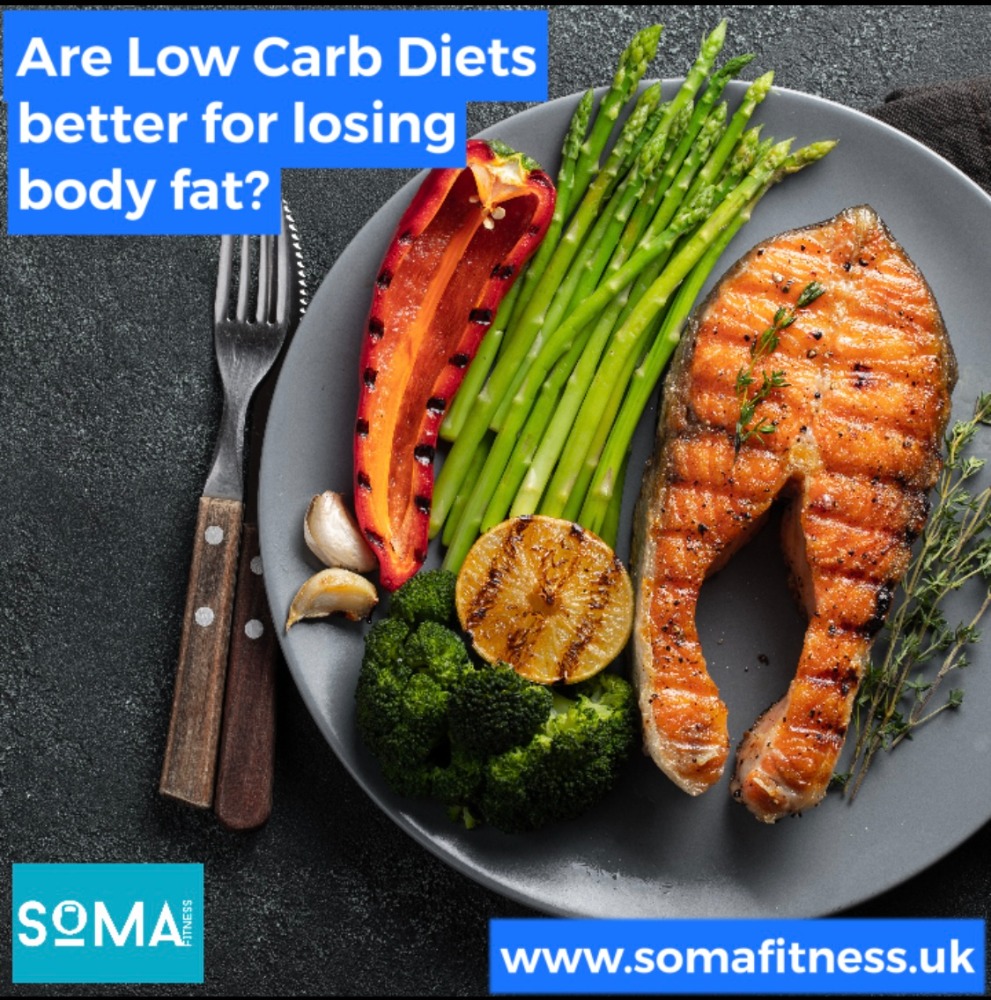
Recent Comments